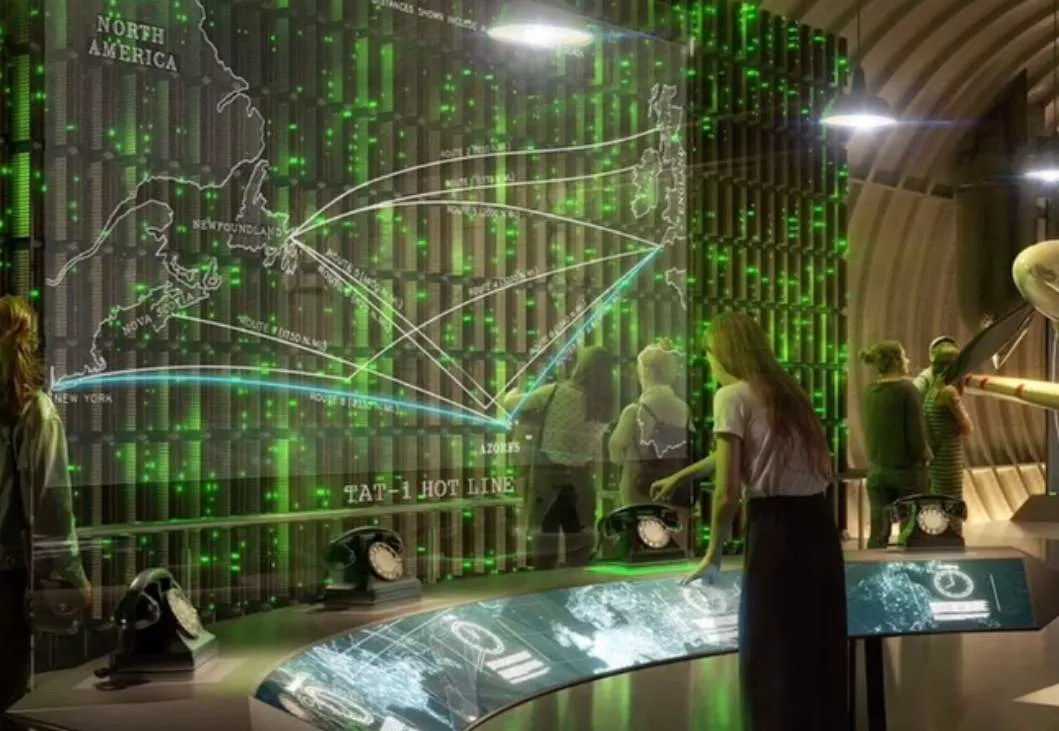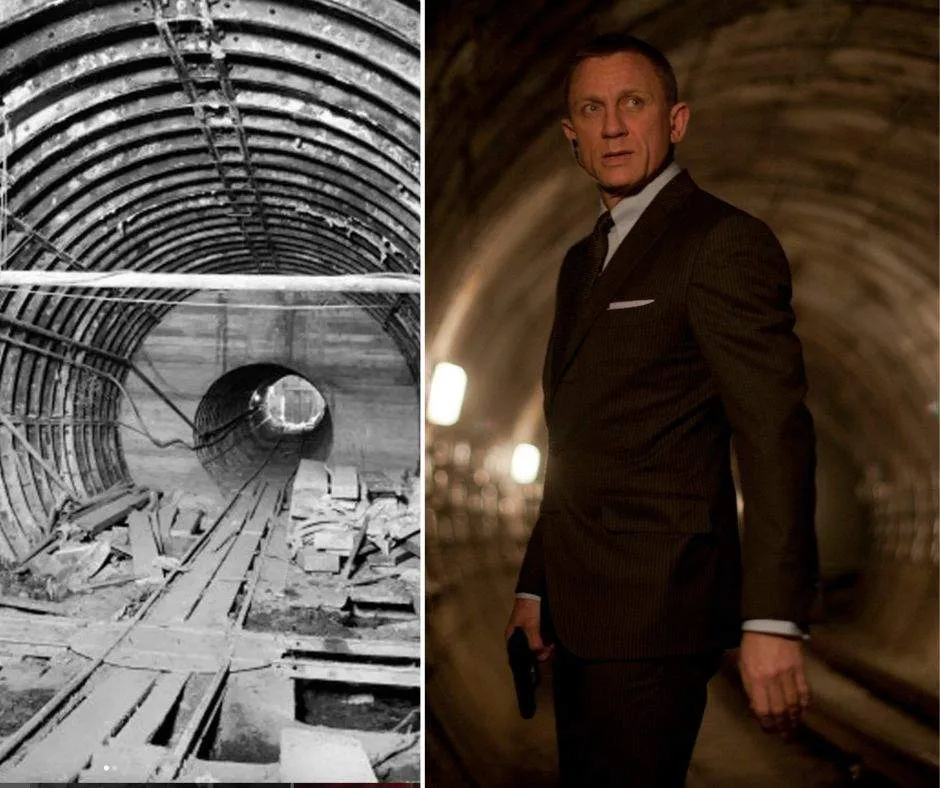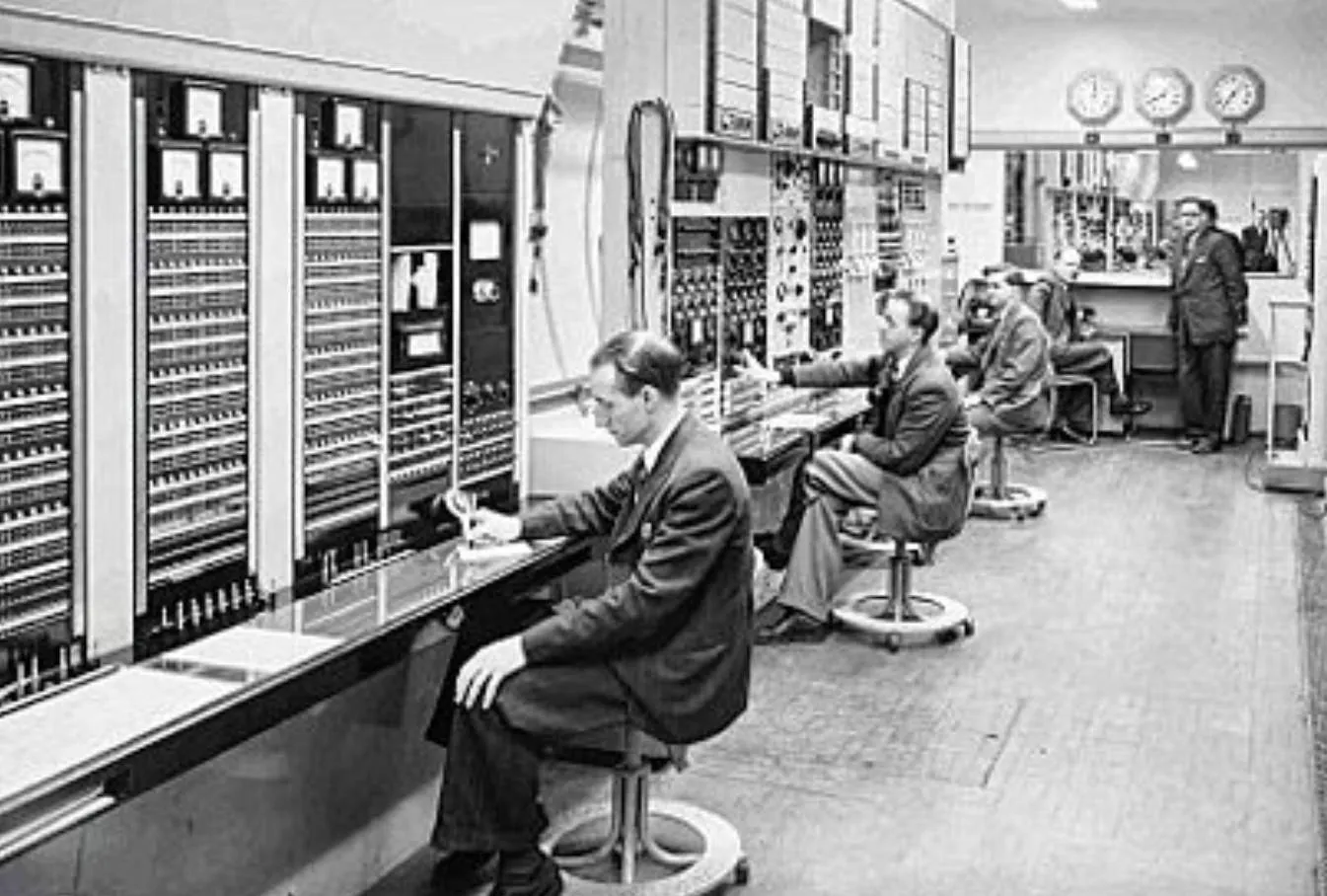London Group Hopes to Reopen WWII Spy Tunnels That Hid Churchill’s SOE Army
London’s tunnel network once hid a secret telephone exchange that connected the White House hotline to the Kremlin during the Cold War.
London's Kingsway Exchange tunnels are a mile-long network of secret passages once used for covert operations by Winston Churchill’s Special Operations Executive (SOE), the secret army sent to blow up German bridges behind enemy lines in WWII.
The mile-long tunnels, kept secret for nearly 70 years until 2007, are now the focus of an audacious plan by London Tunnels private investors to transform the subterranean secret into a tourist destination with the sights, sounds - and even smells - of WWII. Much of the original technology used in the tunnels is intact so it could be incorporated into the exhibition. There are also plans to resurrect the world’s deepest licensed cafe/bar underground.

The tunnels have been home to cutting-edge tech which will be retained during the restoration
Churchill’s Secret Army
Established in 1940, the SOE was a secret army of field operatives like Christine Granville and American Virginia Hall who conducted covert operations for Britain in enemy-occupied Europe and Asia. SOE agents demonstrated remarkable courage and resourcefulness in their guerrilla warfare efforts, collaborating with local resistance forces and lifting the morale of societies living under occupation. Their life expectancy behind enemy lines was six weeks, although some defied the odds.
Previously concealed by the Official Secrets Act, the London tunnels served a variety of purposes during WWII and the Cold War. They were initially used as a deep-level bomb shelter during the Blitz and by SOE agents who needed to operate unseen.
During the Cold War, they transitioned into a secret telephone exchange and operated the first transatlantic telephone cable TAT-1, which was subject to a D-Notice to ensure its secrecy. The tunnel network’s secret telephone exchange connected the White House hotline to the Kremlin during the Cold War.

Long-Buried Spy Secrets
The tunnels are located several hundred feet below the High Holborn neighborhood in central London and investors say they have undertaken detailed digital mapping to capture the exact nature of the site when it was last occupied about three decades ago. The tunnels stretch over a mile and are the width of three London buses.
The Kingsway Exchange - one of three underground communications exchanges along with Birmingham and Manchester - inspired Bond author Ian Fleming, a Naval intelligence officer who worked in the tunnels as the Admiralty liaison officer with the SOE.
"The brand new social experience where you activate your gaming skills as you train like a spy."
- TimeOut
Take on thrilling, high-energy espionage challenges across different game zones.


London's spy tunnels
When British Telecom took over the tunnels in the 1980s, they created the deepest licensed bar in London along with a games room, two snooker tables, and a tropical fish tank for staff - a concept that may be revived.
London Tunnels investors are also considering various options including bringing a full-size model of a Spitfire plane below ground along with high-resolution screens displaying images of bombs falling on London with the noise and vibrations.

SPYSCAPE+

Join now to get True Spies episodes early and ad-free every week, plus subscriber-only Debriefs and Q&As to bring you closer to your favorite spies and stories from the show. You’ll also get our exclusive series The Razumov Files and The Great James Bond Car Robbery!


Gadgets & Gifts
Explore a world of secrets together. Navigate through interactive exhibits and missions to discover your spy roles.
Your Spy Skills
We all have valuable spy skills - your mission is to discover yours. See if you have what it takes to be a secret agent, with our authentic spy skills evaluation* developed by a former Head of Training at British Intelligence. It's FREE so share & compare with friends now!
* Find more information about the scientific methods behind the evaluation here.


Stay Connected
Follow us for the latest
TIKTOK
INSTAGRAM
X
FACEBOOK
YOUTUBE